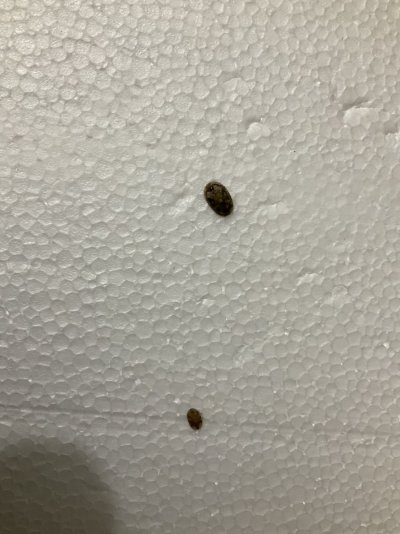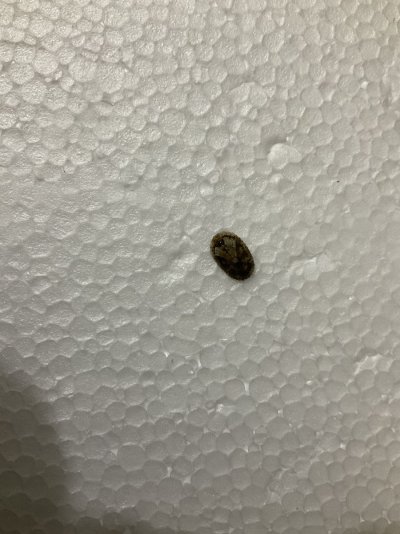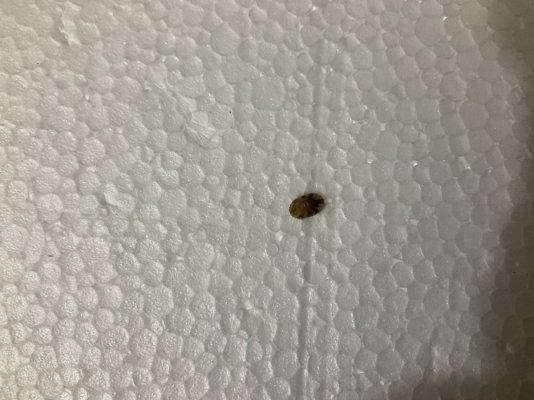Navigation
Install the app
How to install the app on iOS
Follow along with the video below to see how to install our site as a web app on your home screen.
Note: This feature may not be available in some browsers.
More options
You are using an out of date browser. It may not display this or other websites correctly.
You should upgrade or use an alternative browser.
You should upgrade or use an alternative browser.
Can someone ID these limpets for me?
- Thread starter ilovemarinetanks
- Start date
- Tagged users None
Looks like it might be, but I can’t tell for sure:
With regards to keyhole limpet safety, the vast majority are thought to be reef safe, so I personally wouldn’t be too concerned, but I’d keep an eye on any SPS just in case:Limpet (probably) - possibly a keyhole limpet. If it has a little "keyhole" or bullet hole looking hole on the back of it's shell (where the shell comes to a point) then it's a keyhole limpet. I can't tell for sure, but it looks like it might have one in that first picture.
It’s rare, but there are two taxonomic subfamilies of keyhole limpets (Diodorinae and Emarginulinae) that I have found research on showing that they have a handful of species in them that are either known to or thought to occasionally eat corals (I’d need to go digging through the papers again, but, IIRC, they only ate SPS , and they had pretty specific tastes/preferences). One example:
Edit: just to reinforce, regular limpets are fine, and most keyhole limpets (including most from the subfamilies listed above) are reef safe; to the best of current scientific knowledge, only a very small number of them are not.As mentioned, it's unlikely.
Currently, I have only found one confirmed case of a keyhole limpet (Diodora galeata) eating SPS flesh, so it is possible, but - by all accounts that I can find - you'd be quite unlucky to get a true, SPS-eating limpet.
"Recent observations were made in the field of D. galeata occurring on and apparently consum-ing the tissue of three pocilloporid corals: Pocillopora damicornis, P. verrucosa (Fig. 1b, c) and Stylophora pistillata."*
*Source:
Similar threads
- Replies
- 2
- Views
- 142















